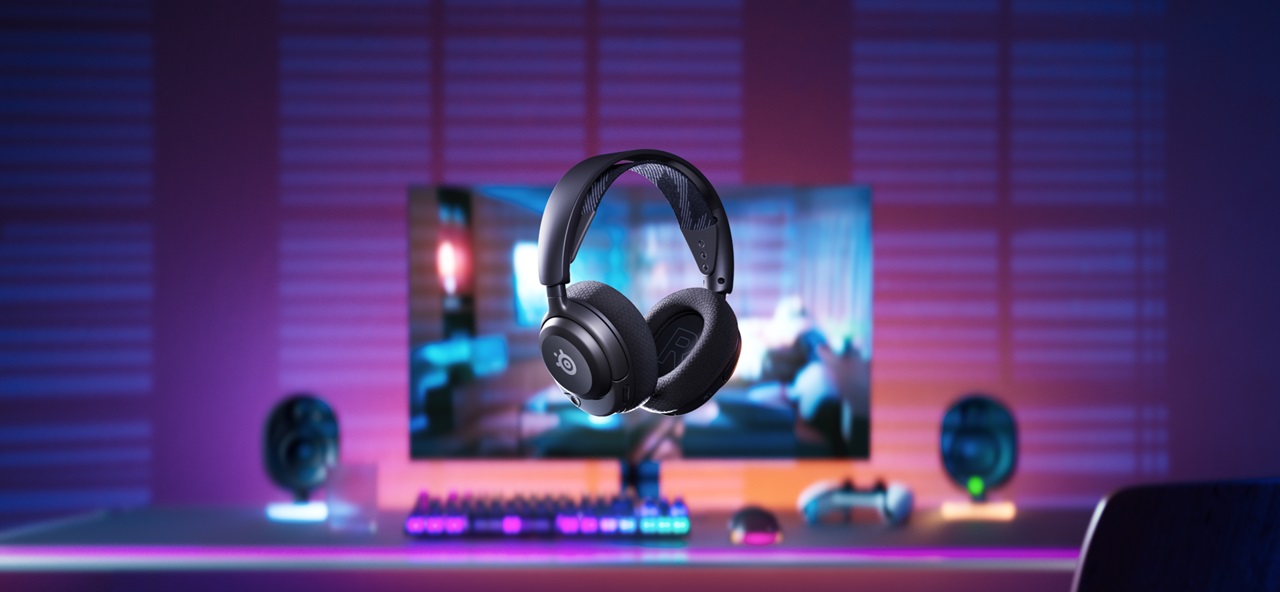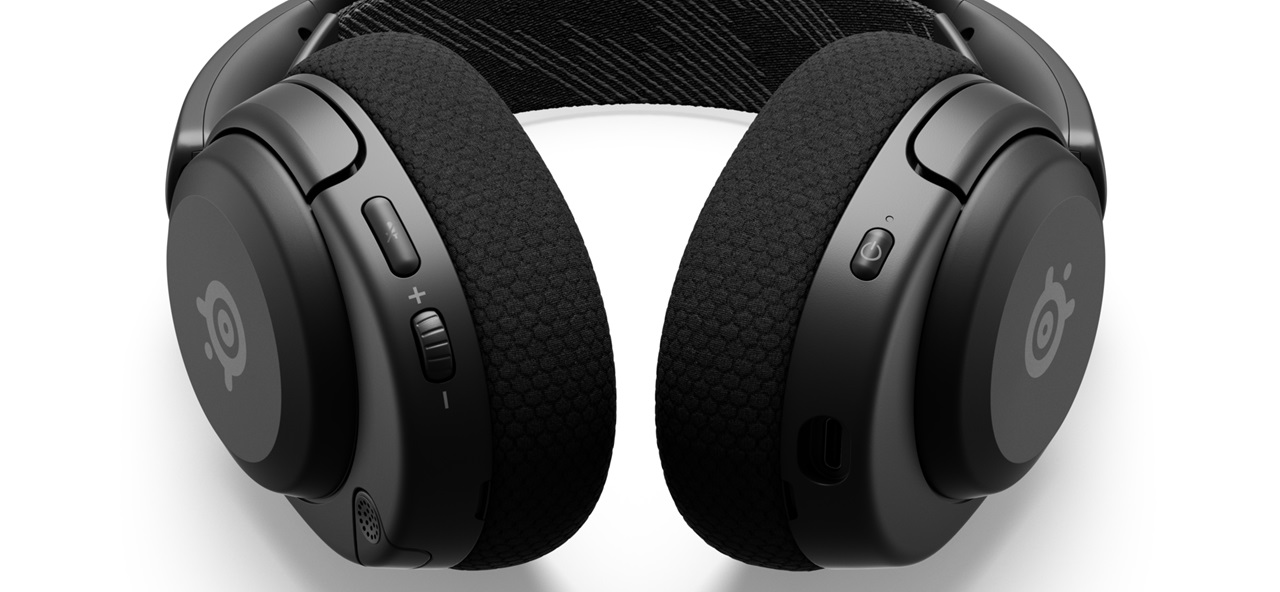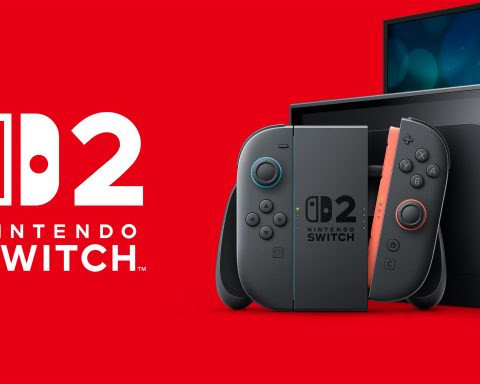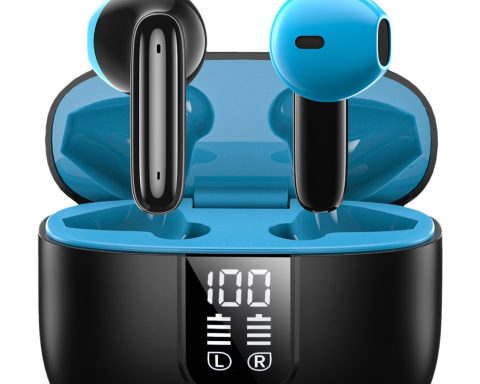With the cost of living what it is, premium-grade luxuries like sound equipment are surely one of the things that people are choosing to go without. Meanwhile, mid-quality sound equipment, which gets close enough without breaking the bank, must surely be enjoying a renaissance. After all, in a world this horrible and increasingly stressful, finding opportunities for escapism is important, and buying a good headset to transport you to a different space is one of the more cost-effective pathways to that escapism… as long as the experience is good. The SteelSeries Arctis Nova 4X gets the sound quality right, but makes a major mistake that, unfortunately, limits its value as a “budget” headset.
To get that critical flaw out of the way, the only way to use this headset is via a 2.4GHz connection made via dongle. There is no 3.5-inch jack. I know that fewer and fewer devices rely on that, but it remains convenient when using gaming handhelds (particularly emulation consoles), and its absence is an irritating inconvenience.
More critically, however, there’s no Bluetooth. I understand that Bluetooth isn’t the ideal connection for precise gaming, as the lag can be an issue, but if I, as an iPhone owner, want to switch off the game console and listen to music on my phone for a bit, I need to have two different sets of headsets. Not only is that a pain to carry around, but that “inexpensive” headset suddenly becomes very costly for an end user who wants to do more than just game. This isn’t the first time I’ve said this, and sadly it seems it will not be the last: If you’re asking people to shell out a substantial amount of their discretionary spend, in this market, you need to provide versatility. A $200 headset stops looking like a good value purchase over a $300 headset if the user also needs to pay $150 for a pair of decent Bluetooth earbuds.
With that gripe out of the way, the rest of the picture looks good for the Nova 4X. This is an incredibly lightweight headset thanks to its plastic build, but at the same time it feels sturdy and premium enough, and the earcups are wonderfully soft and comfortable over the ears. The earcups also swivel, which makes the headset slightly easier to transport safely in a backpack or bag. You’ll just want to find a way to store your dongle without risking it being dropped or left somewhere, which, for the reasons previously mentioned, without that dongle the headset is totally non-functional.
To make adjustments to the performance of the headset, you’ll want to download and use the SteelSeries GG app and SteelSeries Sonar, all of which work fine, and none of it is strictly necessary since the headset is pretty well optimised out of the box.
The final two considerations for the construction of the headset further highlight SteelSeries’ build capabilities. Firstly, there is the microphone. Thankfully you can tuck this into the unit itself when you’re not using it, so you can use it in public without looking like a weird office worker who leaves their headset on 24/7 to prove to randoms how important they are. When it’s needed, however, the microphone is easy and flexible to position, while a host of buttons arrayed on the headset allow you to instantly mute or adjust the voice/game balance.
Secondly, there is the battery life, and the Nova 4 is more than adequate in this regard. You’ll be able to use it heavily for commutes and home gaming time for about a week between charges (SteelSeries claims an official battery like of 36 hours). It also charges fast. If you’re like me with long battery-life accessories, and frequently forget to charge it at all, you’ll be able to get enough juice into it via a battery pack or similar to run for a few hours after about ten minutes of charging. This can be a lifesaver when you jump on a train or settle in for your lunch break only to discover that the battery is dead. A quick charge while making a coffee later and you’re set to go. There are headsets that last longer than the Nova 4, but no one’s going to complain about the battery life that they do get from this headset.
In terms of sound quality, the first thing to note is that you’ll probably want to play this at home more than on a train or plane. The Nova 4X lacks true noise cancelling in ears – it has it in the mic, so people will hear you clearly no matter where you are, but the headset can be overwhelmed by outside noise. It does a decent job, but you’re still going to want to play a loud game on the train or plane, else the outside noises will become a distraction. It you can keep the outside noise to a minimum, however, you’ll find that the Nova 4X covers all the checkpoints nicely. Base is delivered with punch and without distortion, while dialogue is clear and a good melody sounds wonderful on the ears. There are also some nice surround sound effects, with Sonar Surround, Tempest 3D and Microsoft Spatial all supported.
I’ve been using the headset with my Switch over the last couple of weeks, and it’s performed well across all applications. I’ve been able to enjoy Smash Bros. with my brother for multiplayer sessions without there being any issues with lag in the fast-paced action. I’ve also been able to deeply immerse myself in JRPGs with notably excellent soundtracks like The Alliance Alive, Final Fantasy X (though nothing saves Tidus’ voice performance), and Unicorn Overlord. Perhaps most impressively is that the headset makes the classic Game Boy, SNES and N64 games sing and really makes the most of the excellent, ingenious work that went into creating soundtracks for such limited technology.
All in all, the SteelSeries Arctis Nova 4X is comfortable for use over very long play sessions, and it handles the most demanding music and gameplay sound effects well enough that as a “entry level” gaming headset, the quality does significantly outpace the asking price. But leaving out Bluetooth connectivity means that you’ll probably need a second headset for the many platforms the Nova 4X doesn’t support, and this is unacceptable. If you’re going to ask people to invest a substantial amount of money in a headset, at a time when money is tight for just about everyone, the responsible thing to do is make sure that your customer only needs to buy one headset, and that means spending a couple of cents more in manufacturing to implement a 3.5-inch cable and Bluetooth connectivity.














